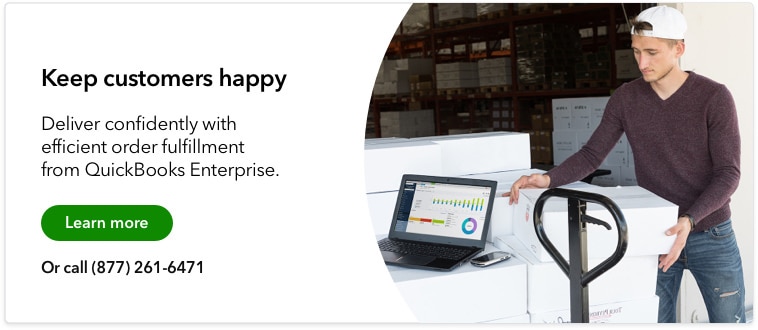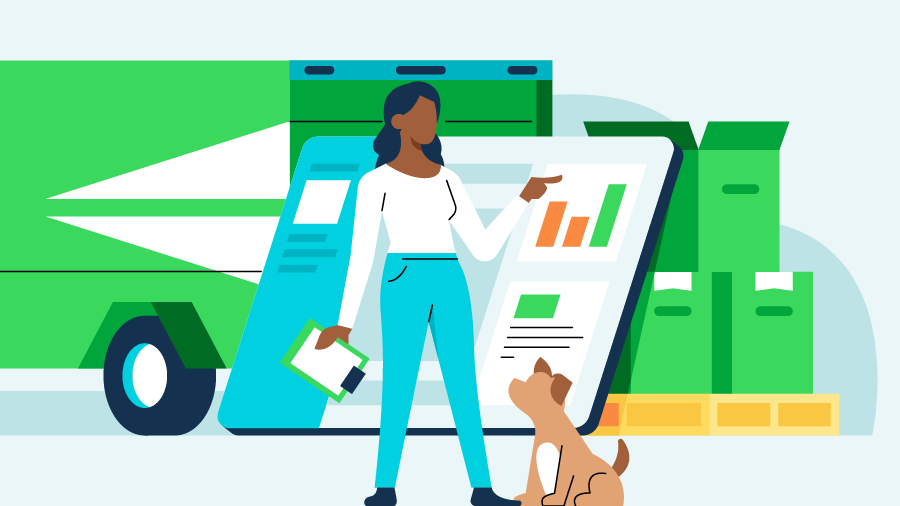What is a delivery exception?
A delivery exception is any incident that stalls a shipment in transit, potentially delaying the expected arrival date. The recipient is then notified of the issue and given an updated arrival date, if applicable. Delivery exceptions are often unintentional and outside everyone’s control, which makes them all the more frustrating, especially since online shoppers have increasingly high standards for delivery speed.
For example, the COVID-19 pandemic put unprecedented stress on businesses responding to the surge of online orders while millions of people were stranded at home. This led to massive amounts of lost or undelivered packages, both examples of delivery exceptions.
While delivery exceptions are prevalent among e-commerce businesses that rely solely on shipping to get inventory to customers, they can happen to any business that ships products, including retailers, manufacturers, and wholesalers.
According to PWC’s Global Consumer Insights Survey , 41% of consumers are willing to pay for same-day delivery while nearly a quarter of shoppers said they would pay to receive packages within a one- or two-hour window. With this data in mind, it’s never been more important to mitigate the risks of delivery exceptions.











